Von Torre del Mar in Richtung Portugal
 30 gennaio 2023, Spagna ⋅ ☀️ 10 °C
30 gennaio 2023, Spagna ⋅ ☀️ 10 °C
Heute geht es los, von Torre del Mar in Richtung Portugal.
Die Nacht hatten wir in unserem Bimobil wieder auf einer großen Freifläche vor dem Strand mit direktem Zugang zum Meer verbracht. Es istLeggi altro


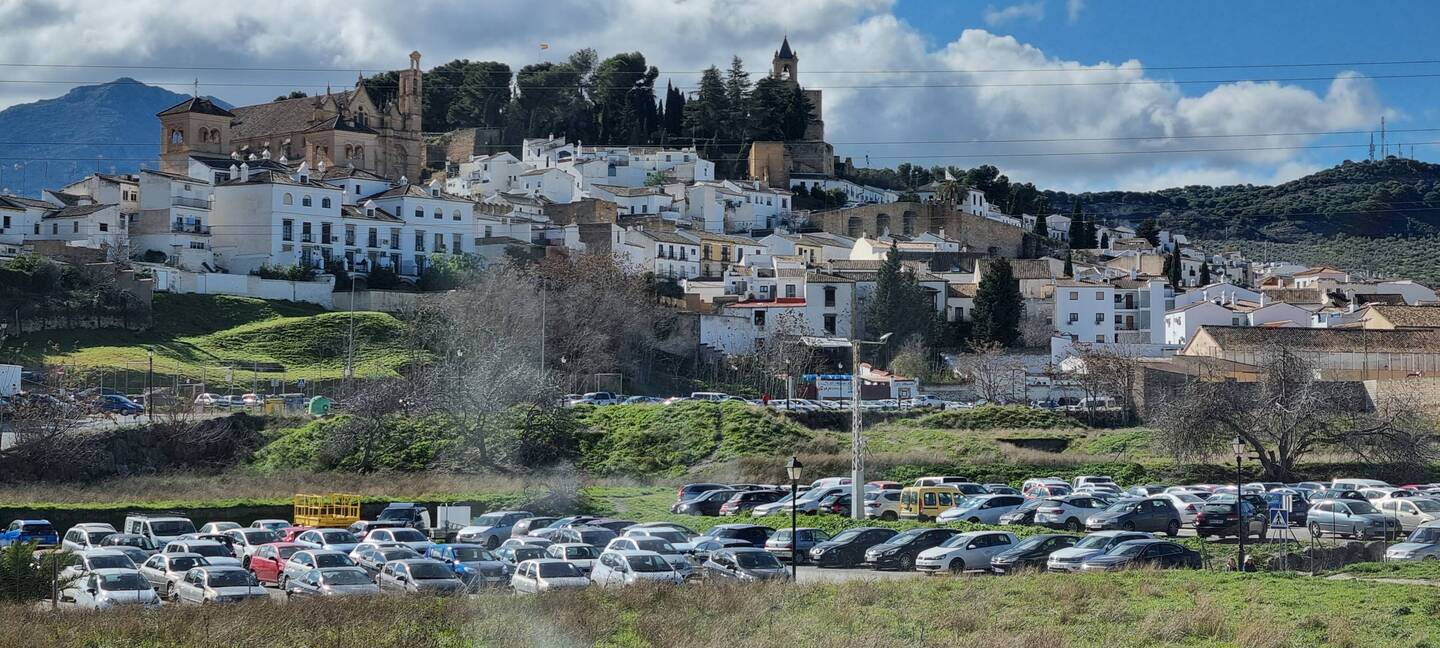



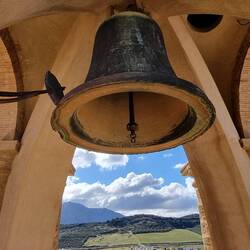
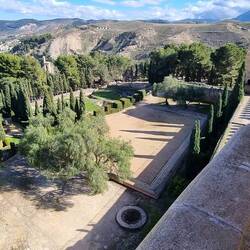







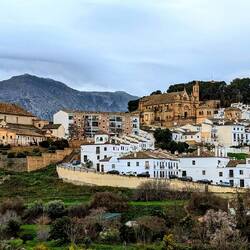












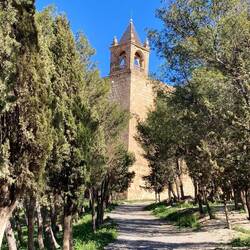
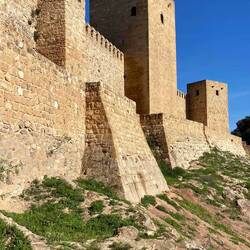











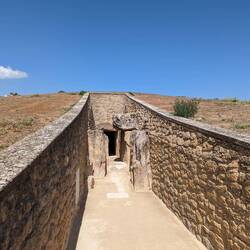











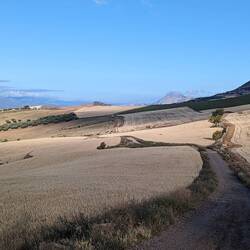
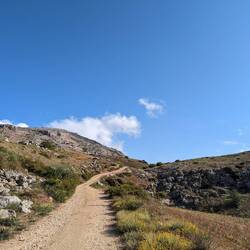
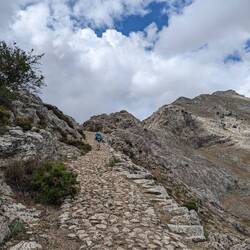
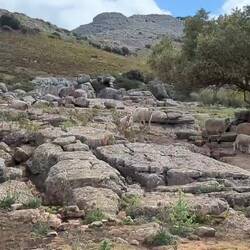







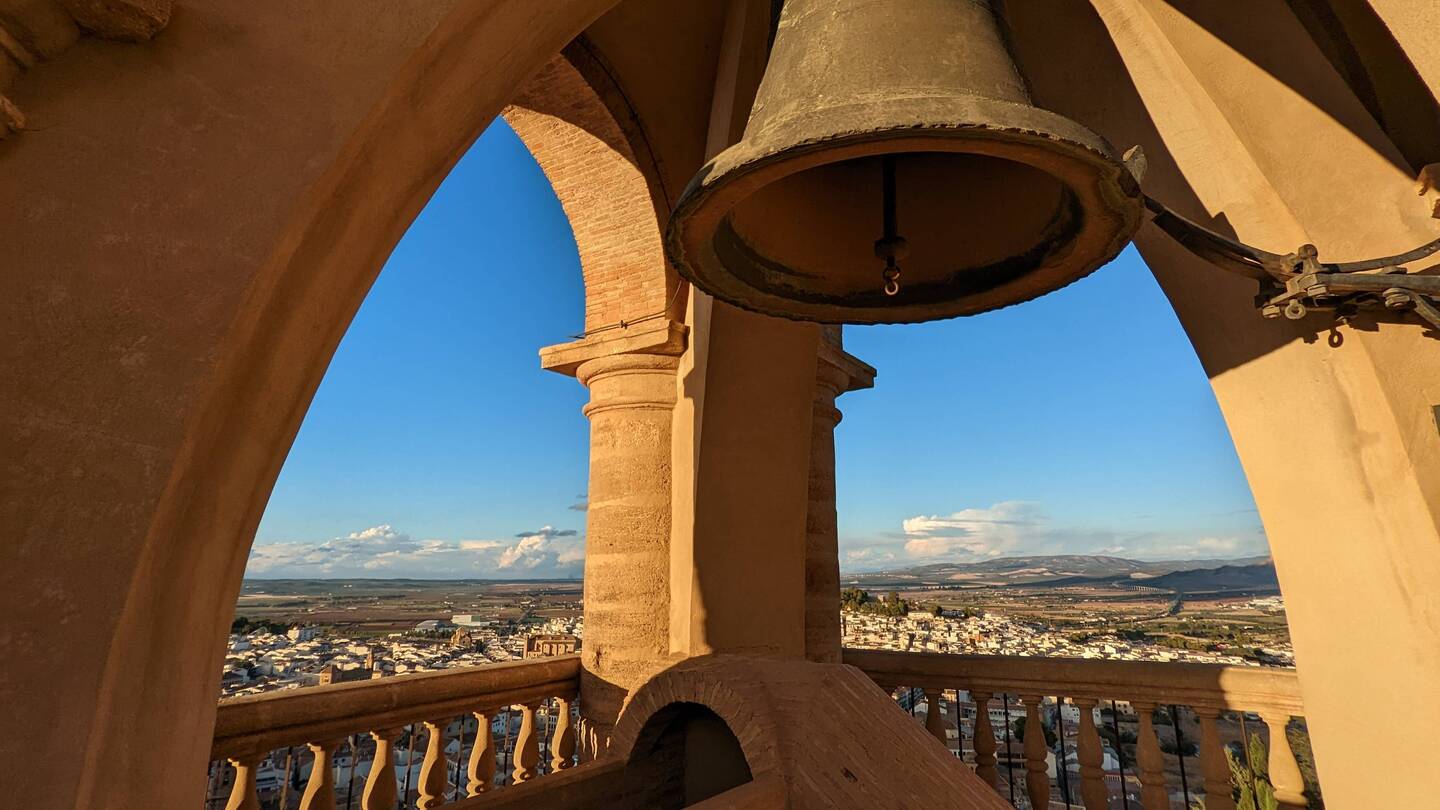

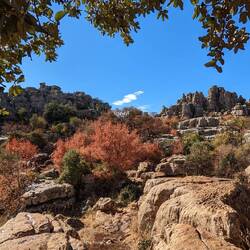
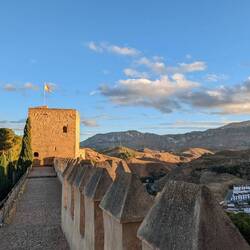
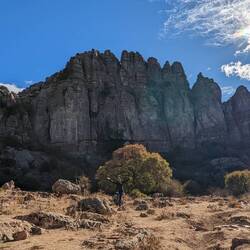





























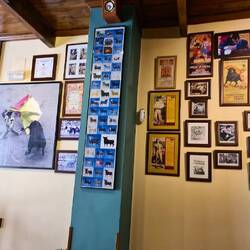















































Viaggiatore Holla,
Viaggiatore Wenn ihr Zeit und Lust habt lohnt sich ein Abstecher zum“EL TORCAL DE ANTEQUERA“ man kann dort oben auch übernachten
4Füße und 4Pfoten Dankeschön den Tipp. Schade, die Info kam nicht mehr rechtzeitig. Wir sind inzwischen hinter Sevilla auf einem Stellplatz angekommen.